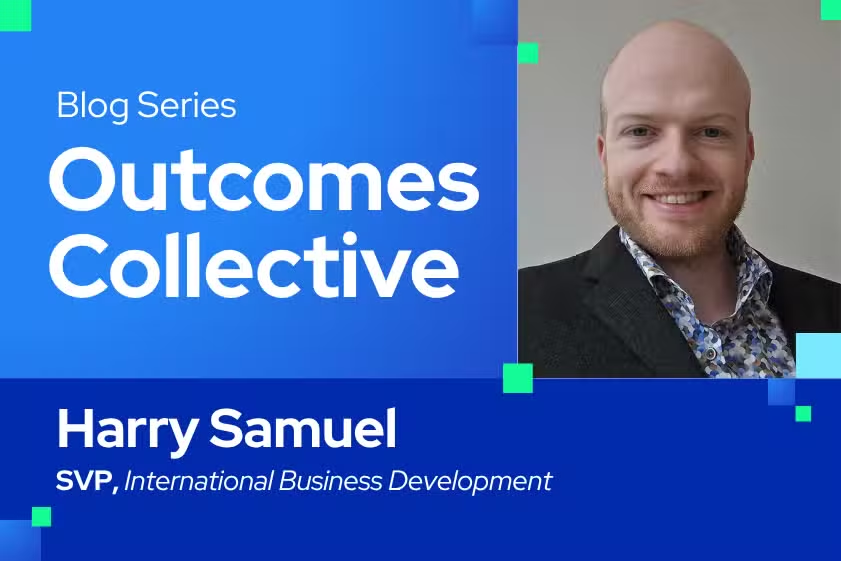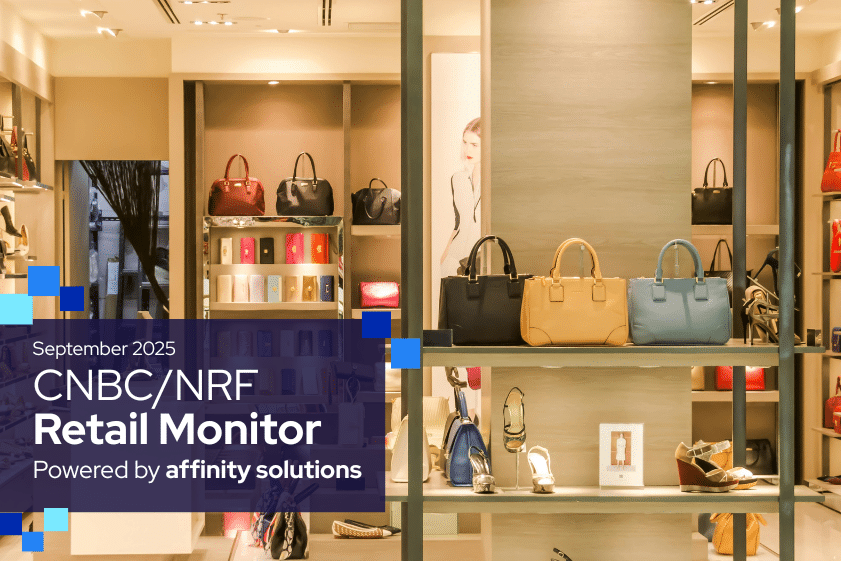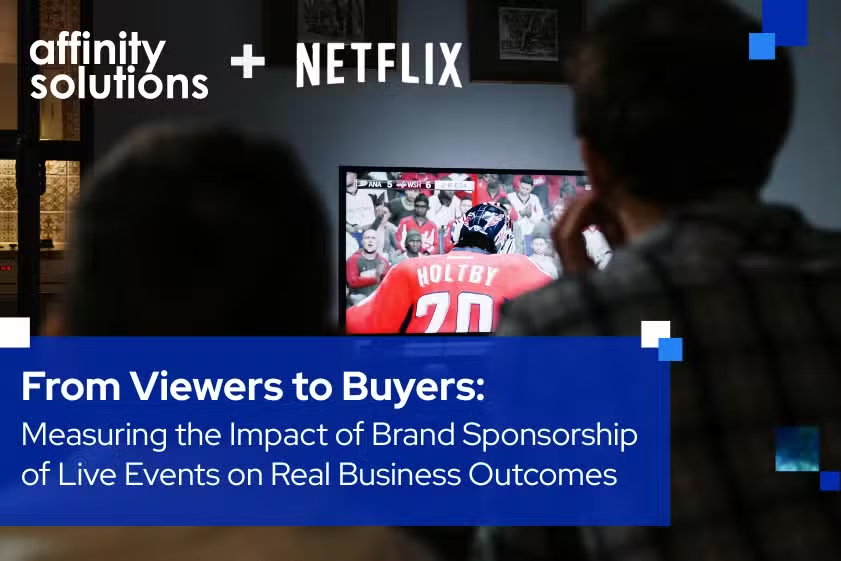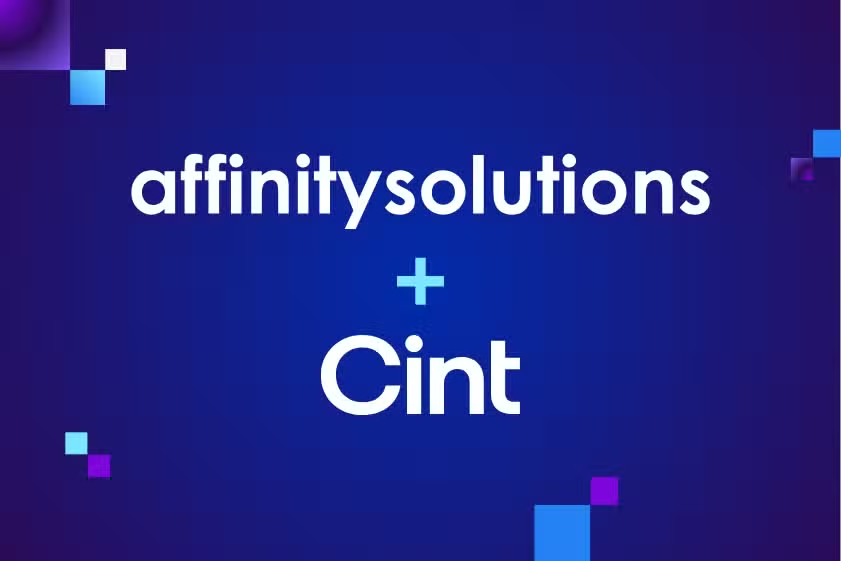I recently heard an experienced AdTech professional renounce clean rooms as nothing more than an “ad tax”.
I found this unsettling, as I’m rather a fan of clean rooms – something which most people find out about me quite quickly. This “ad tax” comment provoked me sufficiently that before I knew it, I had accidentally written a three-part blog series on why this technology is useful for maintaining anonymity, and why that’s important. Here’s part one.
What IS a data clean room? “Clean room” is a misnomer.
As the FTC notes, “how a technology is named doesn’t tell you how it is used. This is the case with data clean rooms (DCRs), which are not rooms, do not clean data, and have complicated implications for user privacy, despite their squeaky-clean name.”
Data clean rooms allow a data provider to grant secure access to granular data to a consumer whilst maintaining control over the types of queries the consumer can run and the outputs they can extract. The role of a data clean room is to prevent the consumer from accessing data that could lead to re-identification of an individual. Their role is more about containing sensitive or personally identifying data (as opposed to “cleaning” data).
Causing further confusion about the role of clean rooms is the very name “clean room,” which implies a permanent “space” or location. But that’s not actually how a data clean room works. A data clean room is created on demand by software and only exists ephemerally, for as long as queries are being run.
When you stop using a data clean room, it disappears, and nothing is stored. In the data provider’s account, nothing has changed and nothing new has been introduced. In the consumer’s account are the aggregated, privacy-protected outputs they generated whilst the clean room was operational.
Data clean rooms are more like a one-way decontamination or filtration system, which enforce some key principles:
- Controlled: Provider decides and enforces what data the consumer can extract.
- One-Way: Provider can’t query or access the consumer’s data at all.
- Secure: No movement or copying of data between the data provider and consumer.
- Temporary: Only exists whilst in use; data is only queried, not stored.
I didn’t mean for this to spell “COST”, but there is a cost to use them – just like there is with any technology (or anything useful).
A glass case with a computer screen
AI-generated content may be incorrect.
Why are data clean rooms useful?
I’ve got my reasons for liking clean rooms. Mainly, granular, deterministic data is more valuable to marketers, especially in the age of AI. It trains more accurate models that achieve better results and tells you whether a campaign is truly driving incremental ROAS.
But granularity is the enemy of anonymity. It increases the possibility of singling out and provides more angles for linkability.
Clean rooms help reconcile this dilemma by accessing data in its most granular form without revealing any personally identifiable information.
Given the type of data Affinity Solutions handles – transaction-level data from over 100 million consumers – this is particularly impactful for us. Clean rooms give us the best of both worlds. In fact, the first time I discussed the concept with one of our data partners, they said, “It sounds too good to be true.”
But it’s not; it’s real, and it works.
Why are some people so negative about clean rooms?
Given all this potential, what would induce an experienced industry executive to belittle this technology? To answer that, I thought about it from the vantage point of our data partner.
- They have some interesting data that they use to create audiences.
- Their job is to sell audiences for targeting campaigns via display, CTV & social.
- They want their audiences to be available in as many platforms as possible.
- They just want matches and appends to be simple and easy so they can grow their business.
- They don’t want to spend time and money implementing and maintaining new technology every time they add their audiences to another platform.
But the platforms also want their lives to be simple and easy:
- Platforms have a ton of different audience types available to them, many of which overlap and sound similar.
- Their advertiser and publisher clients are already overwhelmed with choice.
- Platforms who insist that data providers connect via clean room, don’t want to worry about vetting, architecting, building, and maintaining a custom integration.
In this context, they’re both right. Clean rooms are a tax, in the sense that a tax is something you pay to an organisation that’s responsible for using that money to create better conditions in which to operate.
Sometimes people resent paying taxes because they don’t have control over how the money is spent. But if you want potholes to be fixed (which I’m told does actually happen in some parts of the country, sometimes), you have to accept them.
The true value of clean rooms
Clean Rooms aren’t always essential for the purposes for which they’re used. For example, they don’t fundamentally change whether there is consent for targeting campaigns. For data operations such as audience appends, sometimes the required level of privacy can be achieved with robust hashing methodologies.
Our partners at Acxiom, like Affinity Solutions, have committed themselves to a zero-PII strategy in the UK. That means they don’t necessarily use clean rooms to push their audiences to platforms because they don’t need to. But they do use clean rooms for more sensitive operations in their work, both with data partners and clients.
In addition, not all clean room technologies are alike. Some, like Infosum, provide a simple interface for performing certain functions repeatably. Others, like our partner Snowflake, require more technical expertise but enable more complex use cases such as the development of custom models.
Insisting on clean rooms is a valid choice for platforms and equally a valid choice for an audience provider to decide it’s not worth it to play in this environment.
Where I see the true value of clean rooms is not in enabling simple data operations to move derivative products around the ad tech ecosystem. An audience – at least, in the context of targeting – is a derivative product, not original source data. Audiences are “lists of people we think will be most interested in this, not known facts about people.
Therefore, the value of clean rooms is in making granular source data – facts – available to partners and clients so that they can build their own derivative products (such as audiences or measurement reports) as often as they like, directly from the source data. All the while maintaining the security and anonymity of that source data.
A clean room isn’t simply a tax. It’s the only tool that can guarantee the anonymity of granular source data. By doing so, it unlocks the full potential of that data for brands, agencies, and publishers.
Stay tuned for part 2 of this blog series, where I’ll go into more detail on what “anonymous” data really means under UK GDPR. In part 3, I’ll explain how clean rooms help to maintain anonymity.





